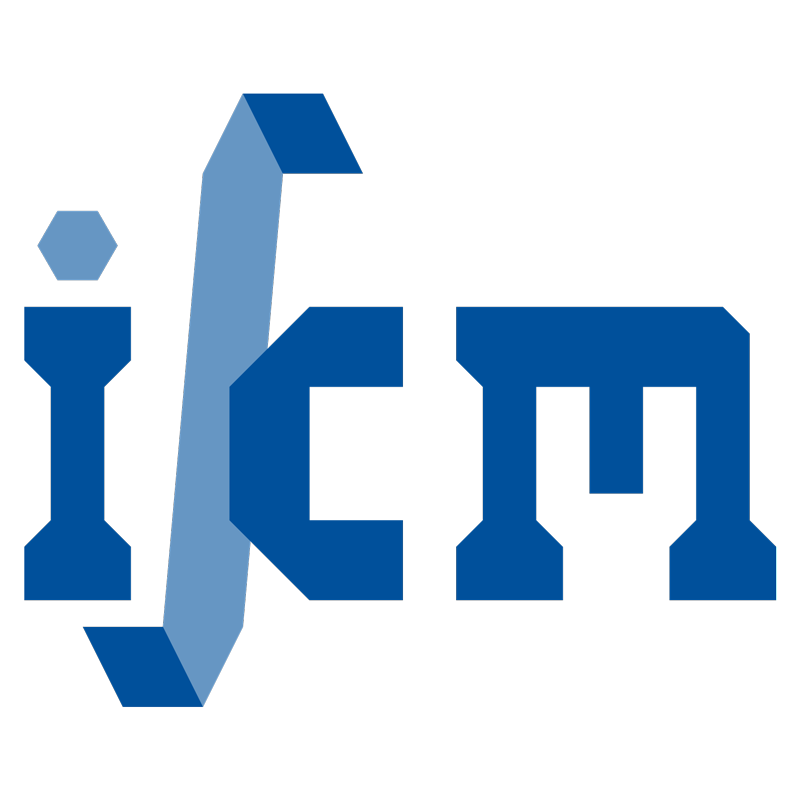Silicon diphosphide (SiP2) and silicon diarsenide (SiAs2)
Novel stable 2D semiconductors with high carrier mobilities, promising for water splitting photocatalysts
- authored by
- Fazel Shojaei, Bohayra Mortazavi, Xiaoying Zhuang, Maryam Azizi
- Abstract
Two dimensional (2D) semiconducting light absorbers, have recently considered as promising components to improve the efficiency in the photocatalytic hydrogen production via water splitting. In this work, by employing density functional theory computations, we introduced novel SiX2 (X = P, As) nanosheets in tetragonal (penta-) and orthorhombic (rec-) phases, as promising light absorber semiconductors for overall water splitting. The predicted nanomembranes exhibit good mechanical, dynamical and thermal stabilities. They also show small cleavage energies in the range of 0.31 J/m2 to 0.39 J/m2, comparable to that of the graphene and thus suggesting the feasibility of their experimental exfoliation. Notably, predicted monolayers are semiconductors with indirect band gaps of 2.65 eV for penta-SiP2, 2.35 eV for penta-SiAs2, 1.89 eV for rec-SiAs2, and a direct band gap of 2.21 eV for rec-SiP2. These nanomaterials however show relatively large interlayer quantum confinement effects, resulting in smaller band gap values for bilayer lattices. We observed a huge difference between the electron and hole mobilities for penta-SiP2 and rec-SiAs2 monolayers and highly directional dependent electron and hole mobilities in rec-SiP2, yielding an effective separation of photogenerated charge carriers. Remarkably, these novel nanomembranes show strong absorption in the visible region of light as well as suitable band edge positions for photocatalytic water splitting reaction, specifically under neutral conditions.
- Organisation(s)
-
PhoenixD: Photonics, Optics, and Engineering - Innovation Across Disciplines
Institute of Continuum Mechanics
- External Organisation(s)
-
Institute for Research in Fundamental Sciences (IPM)
Persian Gulf University
- Type
- Article
- Journal
- Materials Today Energy
- Volume
- 16
- Publication date
- 06.2020
- Publication status
- Published
- Peer reviewed
- Yes
- ASJC Scopus subject areas
- Renewable Energy, Sustainability and the Environment, Materials Science (miscellaneous), Nuclear Energy and Engineering, Fuel Technology, Energy Engineering and Power Technology
- Sustainable Development Goals
- SDG 7 - Affordable and Clean Energy
- Electronic version(s)
-
https://doi.org/10.1016/j.mtener.2019.100377 (Access:
Closed)
-
Details in the research portal "Research@Leibniz University"


